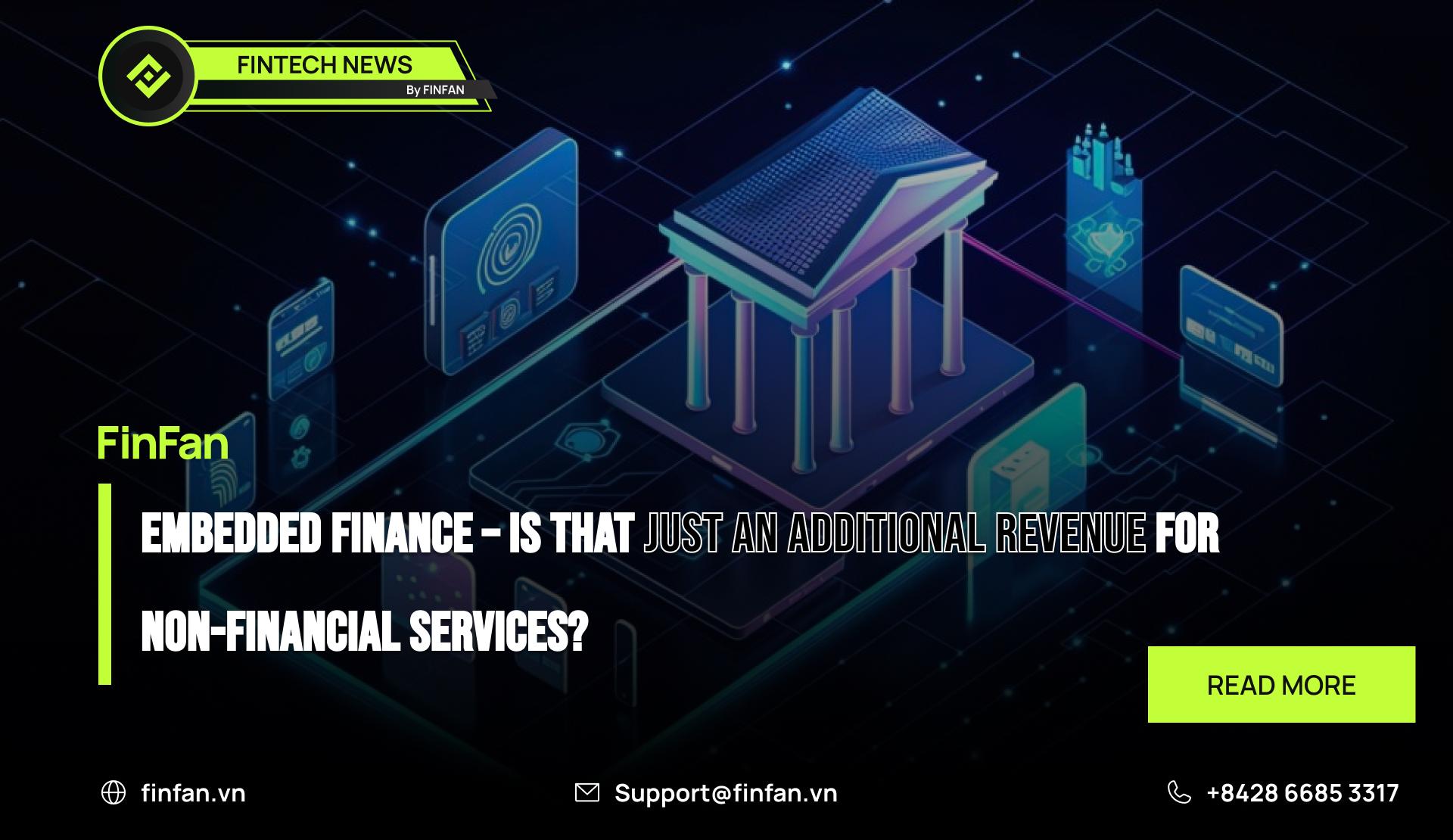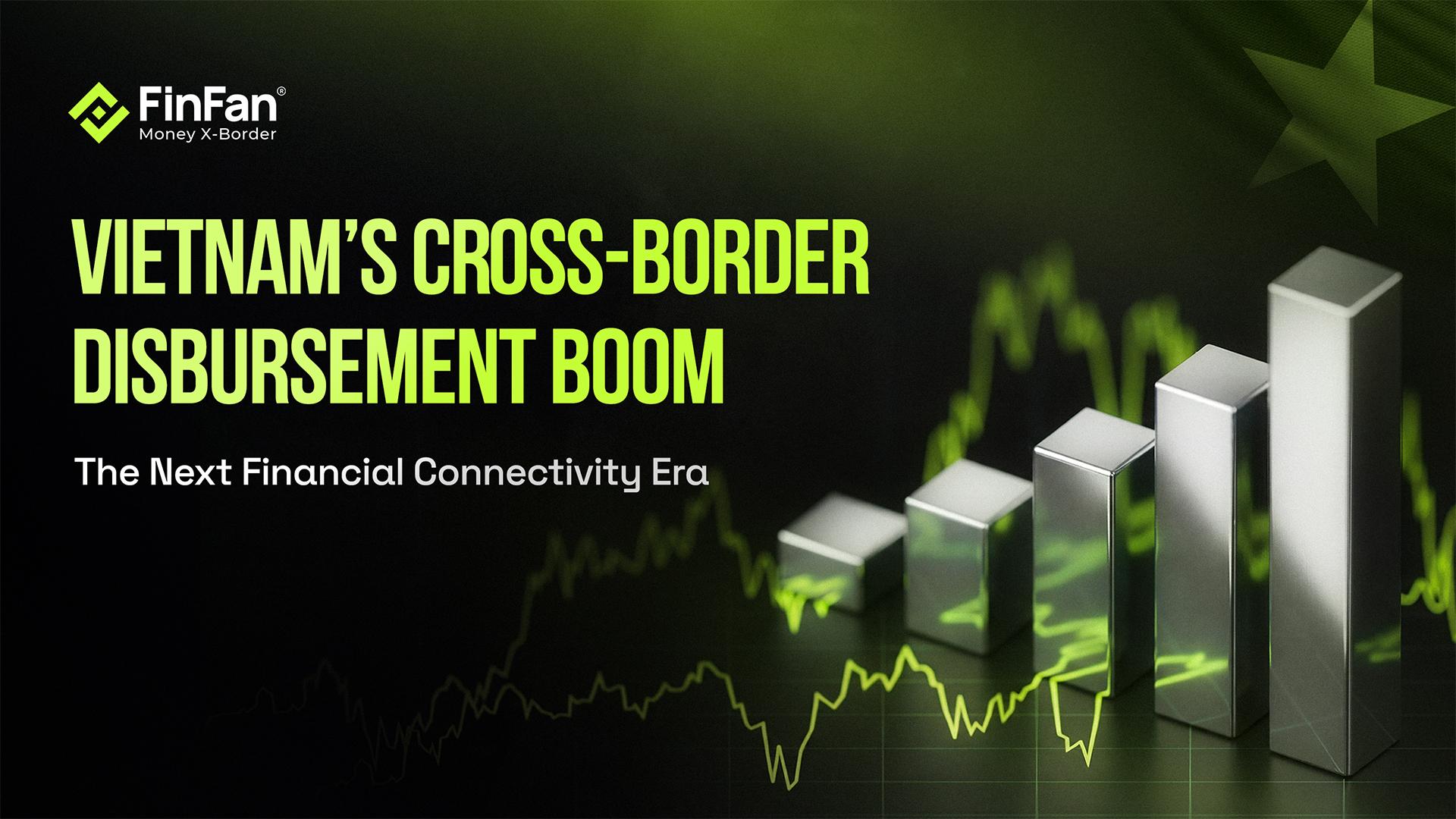Embedded Finance Part 1 – Is that just an additional revenue for non-financial services?

Embedded Finance is a term that is no longer strange to every person who is passionate about the field of financial technology. However, it is still unfamiliar to those who often or at least once use it but do not know the above term.
So, what is embedded finance, and does the combination of embedded finance and other industries really just bring additional revenue to non-financial parties? Let's find out with FinFan through the following article.
What is embedded finance?
Embedded finance is simply the process of integrating finance into non-financial industries. Here are 3 simplest examples of embedded finance:
-
When you buy electronic goods (for example, a smartphone) at stores, instead of only having one or two options to make purchases before such as paying directly at the counter or bank transferring; currently, you can pay in many different forms for instance buy now pay later, pay in 0% interest installments through FE Credit or HomeCredit, pay in 0% interest installments with VPBank credit cards, etc.).
-
Some e-commerce platforms have started to sell insurance (the cooperation between Tiki and FWD).
-
Some coffee shops have begun allowing customers to pay with MoMo e-wallet via QR codes placed at the payment counter.
Embedded finance is not just a breath of fresh air for non-financial industries.
Initially, it provided an additional service for non-financial industries, but over time, embedded finance has proven its effectiveness because it solves the following social problems.
Embedded finance helps support the cashless payment movement in some major cities.
In some big cities (especially Ho Chi Minh or Hanoi), the contactless (or cashless) payment movement has flourished since the COVID-19 pandemic took place worldwide when money exchange of money is also a cause of infection.
Taking advantage of those advantages, some e-wallet businesses have launched unique online payment support campaigns such as paying by QR code or actively sending discount vouchers on e-commerce platforms, or food delivery apps to attract users.
Since that time, users have started to get used to contactless online payments and much later, e-commerce platforms and food delivery apps also benefited a lot from the number of users from these large e-wallets like MoMo or ZaloPay.
Embedded finance supports users' problems of purchasing high-value products.
The story above about buying products such as electronics, home appliances, and phones that cost a little more is also a typical example of support from embedded finance.
From now on, customers no longer have to worry about having to carry a relatively large amount of money with them every time they go to the store to sell the above items.
More specifically, it also supports students with limited money in their pockets to own smartphones for convenient communication and studying. Current workers can also own smartphones when they are released without having to wait or save up monthly to pay for them.
Finally, embedded finance can partly support the creation of product diversity for e-commerce platforms or sales shops.
As mentioned in the article about e-wallets in Vietnam, MoMo was initially very smart when they turned convenience stores or grocery stores into their deposit-receiving areas.
At that time, grocery store owners had an additional source of income from MoMo deposit and withdrawal commissions to remit. At the same time, MoMo received more users from localities. It can be said that this is one of the most successful embedded finance campaigns of the Vietnamese fintech market in the years 2016-2017.
On the e-commerce front, too, in 2017, FWD made a big splash when it combined with Tiki (one of the largest e-commerce platforms in Vietnam at that time) to target young and potential customers of Generation Y.
In this campaign, FWD has the advantage of reaching Tiki's customer base which is partly from the middle class or higher due to the specific requirements in the sales regulations for this e-commerce platform (products must be authentic and have documents, or invoices).
On the contrary, Tiki may also have an additional product that can help them increase revenue in the market to be able to keep up with the race with e-commerce giants such as Shopee and Lazada.
In short, integrating finance into another industry is no longer strange in the Vietnamese market. However, in addition to convenience, embedded finance in Vietnam also brings many problems when it makes shoppers dependent on it and become indebted. Let's analyze the above disadvantages that embedded finance brings to other non-financial industries through the following articles on the blog channel of FinFan.
This article was curated and authored by FinFan's market research and development team, alongside our marketing department.
About FinFan
FinFan is a cross-border embedded financial services company that focuses on mass disbursement, fund collection, card processing, IBAN, and digital APMs solutions, which can provide valuable input and integration on and for the same.
FinFan is already integrated with almost the world's well-known MTOs, PSPs, switch, and core fintech platforms such as Money Gram, Thunes, Qiwi, Remitly, World Remit, Bancore, PaySend, Terrapay, Ria Money Transfer (Euronet), Dlocal, Ripple, TripleA, FoMo Pay, Wings, etc.
For more information, please get in touch with us through:
🌐https://finfan.io
📞(+84) 2866 85 3317
✉ support@finfan.vn
LinkedIn: FinFan





